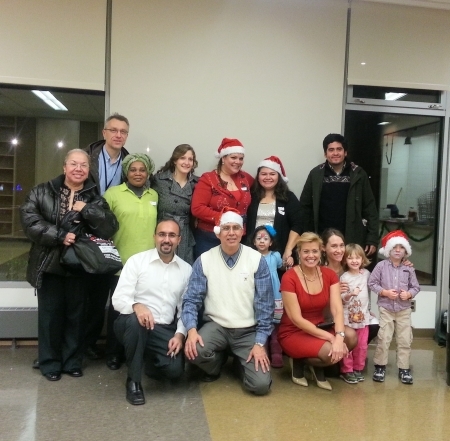

In a randomized, controlled clinical trial the NCICAS intervention was shown to significantly reduce asthma symptom days in children with poorly controlled asthma ( 9).

Based on the survey results, a trained asthma counselor provided a tailored, individualized intervention to the parent and child. Each family participating in the NCICAS intervention completed this intake survey. Investigators from The National Cooperative Inner-City Asthma Study (NCICAS) developed the Asthma Risk Assessment Tool (ARAT) ( 8), a comprehensive assessment designed to identify modifiable risk factors for asthma morbidity in inner-city children. Modifiable risk factors that contribute to asthma morbidity include environmental exposures to aeroallergens and airway irritants, delays in medical treatment, and inadequate adoption of preventive strategies. In the US, asthma morbidity is highest among non-Hispanic Blacks and Puerto Ricans ( 6).Īsthma is a chronic inflammatory lung disorder that requires long-term management ( 7). In 2004, according to US Census, 28.2% of Bronx residents were living below the poverty level and the majority of the Bronx’s 1.3 million residents were minorities: 43% African American and 51% Latino, predominantly of Puerto Rican ethnicity ( 5). Poverty and minority status, both prevalent in the Bronx, have both been independently linked to asthma morbidity ( 3, 4). Reasons for the high rates of asthma morbidity experienced by Bronx children are not fully understood. Although higher morbidity may be due in part to higher asthma prevalence, it may also result from higher levels of modifiable risk factors among children with asthma. Bronx children are twice as likely to be hospitalized for asthma and are more likely to die of asthma than other US children ( 1). Asthma morbidity rates are also much higher for Bronx children than for other US children. In a school-based sample, 15.5% of 4–5-year-old Bronx children were identified as having asthma compared with 9.2% of New York City students overall ( 1) and 8.9% of US children 2 to 17 years of age ( 2). Pediatric asthma prevalence rates in Bronx children far exceed national pediatric asthma rates. In the Bronx, New York, one of the poorest counties in the US, asthma is the leading cause of hospitalization and of school absence for children.


 0 kommentar(er)
0 kommentar(er)
